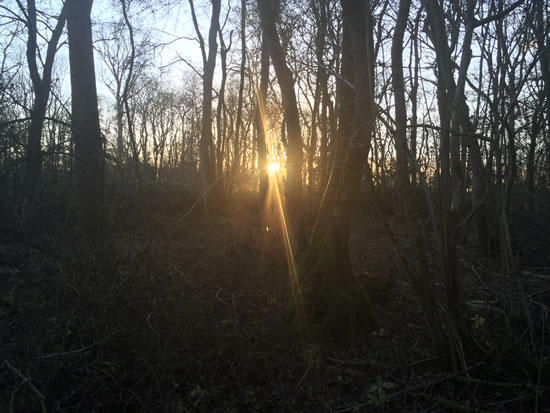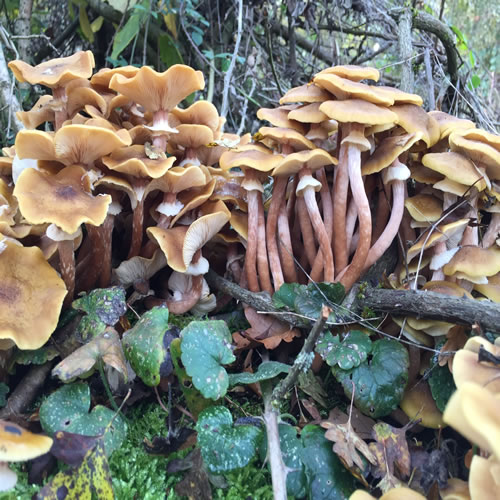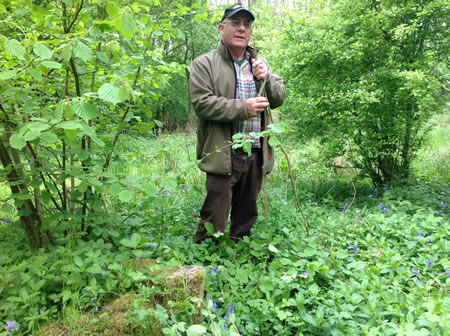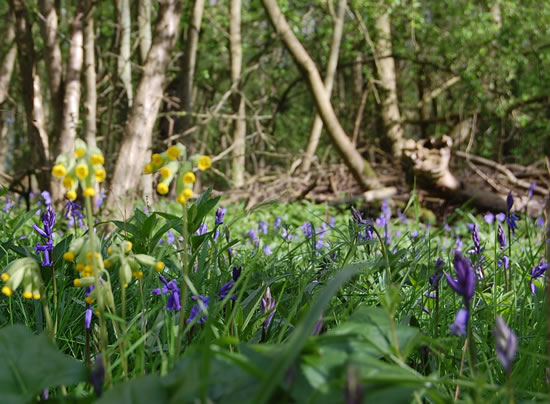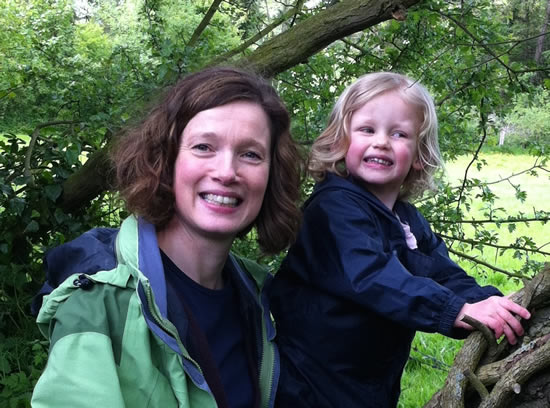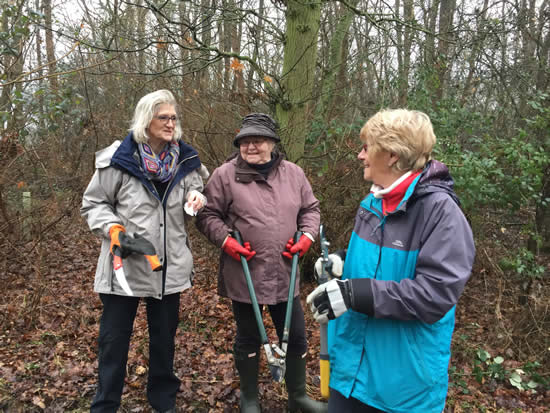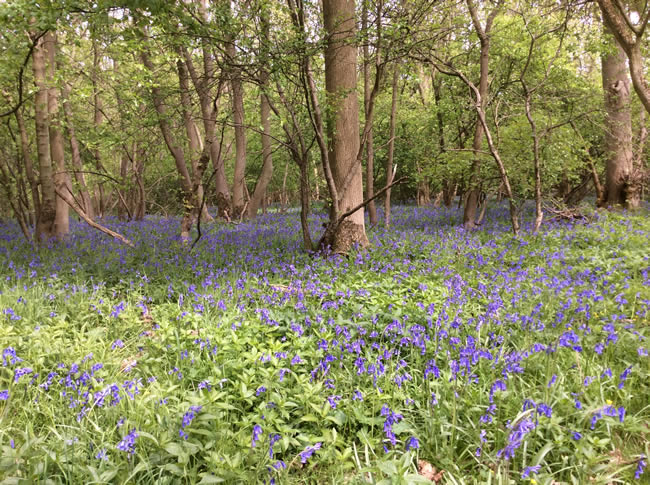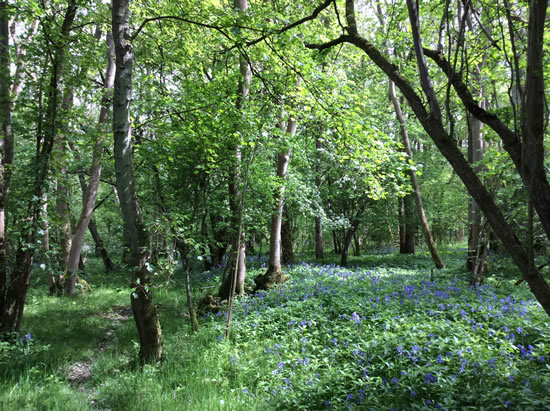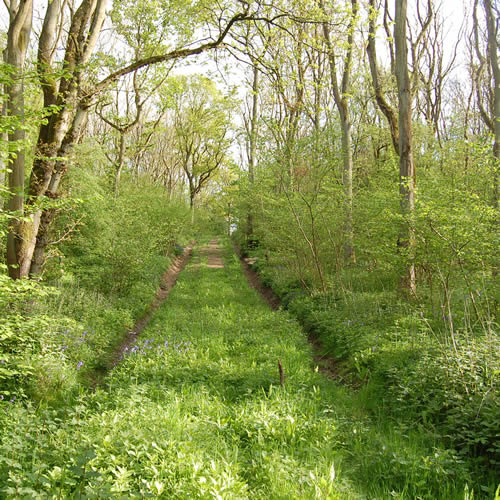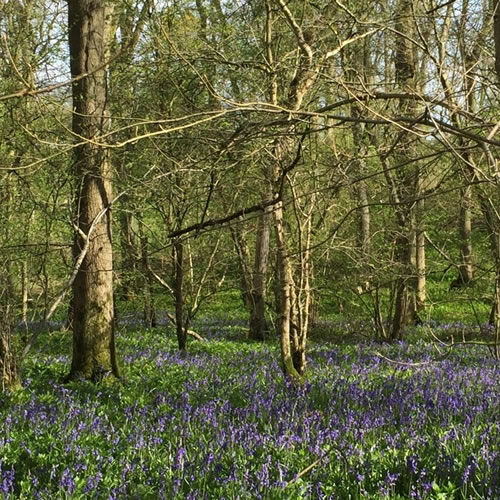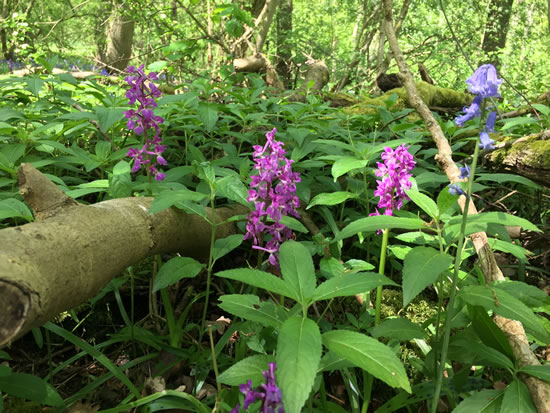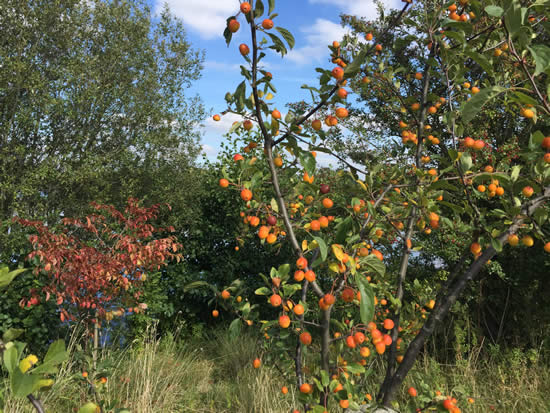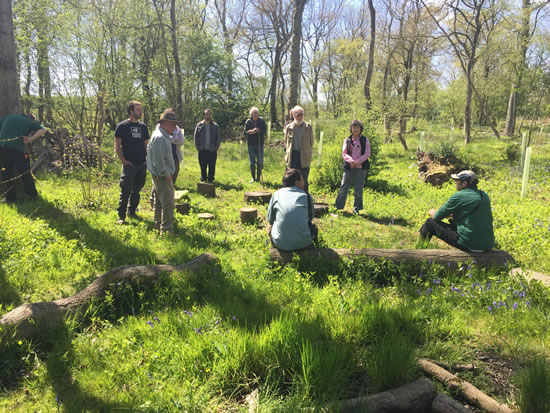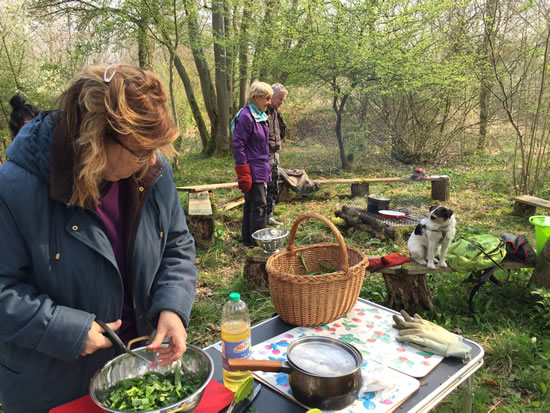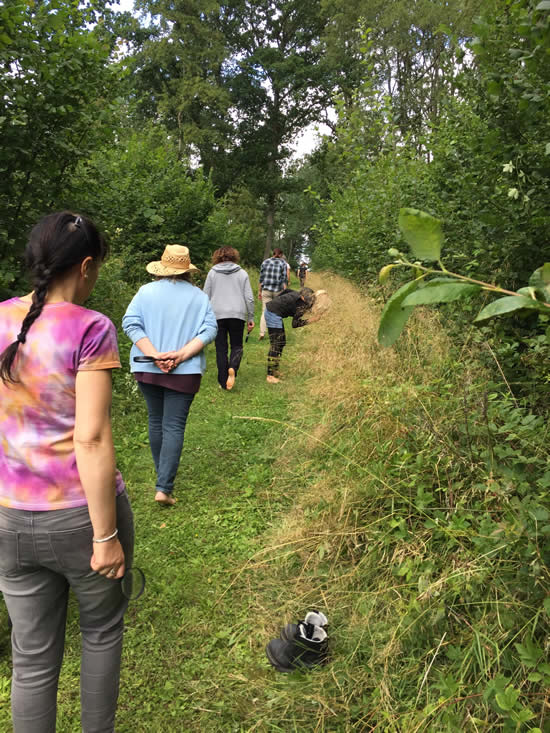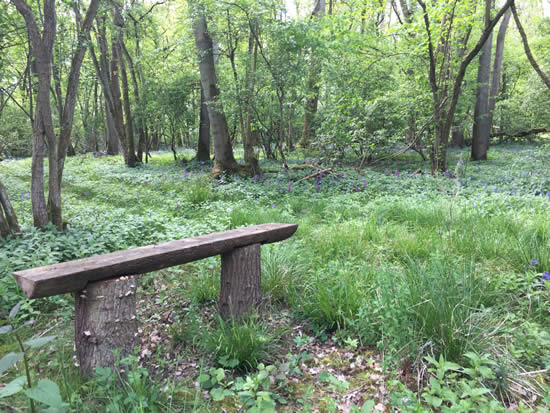
Nature connection experience during lockdown
Deepening connection with nature
This blog post about wellbeing with nature has kindly been written by Christopher Murray who I hope will be inspired to contribute more in the future.
Among all the restrictions and frustrations of Lockdown, there have been some benefits, for some of us, anyway.
I am thinking, in particular, of more opportunities to get out into the countryside and enjoy it in a deeper way, by wandering, looking, and, therefore, seeing more than we usually do.
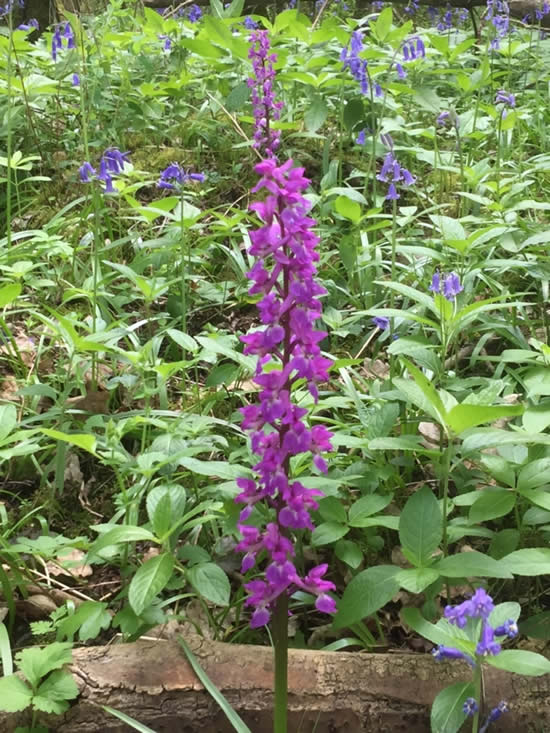
Noticing more in nature
My wife and I recently went for a walk in a conservation area and observed butterflies we hadn’t seen before. Then we took the time to look in a book to try and identify them. The outstanding one was a Marbled White. It’s probably not particularly unusual, but neither of us had noticed one before.
I went for a walk on my own, with my camera – which I rarely take when walking with my wife (!)- and noticed a group of butterflies I don’t recall seeing before, which turned out to be Commas.
Both discoveries were really precious and made me feel closer to Nature and, very slightly, more knowledgeable.
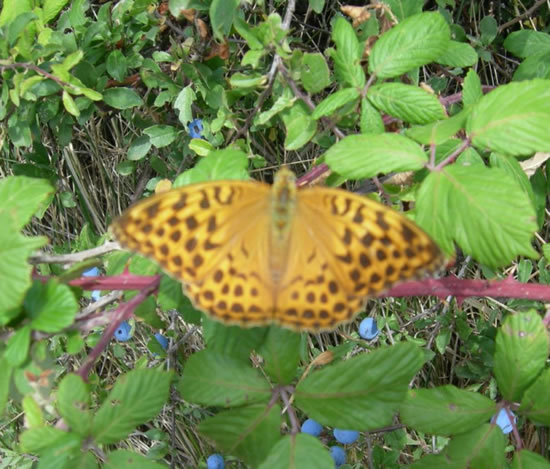
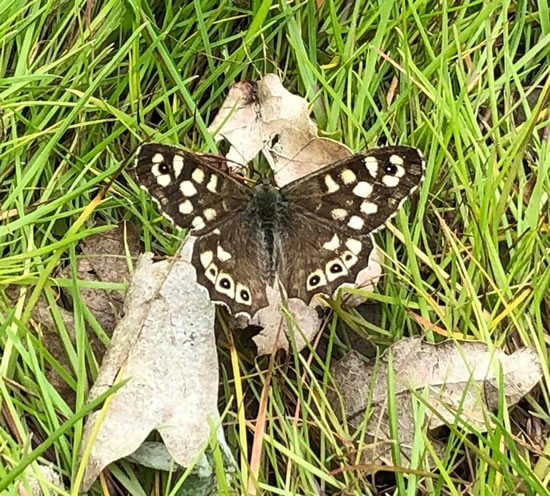
The healing power of nature
I find Nature very therapeutic – being by water, or in wide, open spaces, in woods, climbing hills, and on rare occasions, being by, on, or in the sea.
For me, writing about the beauty and beneficial effects of being outside, in the natural world, is also healing.
I’ve written a poem, featured further down the page, which encapsulates my thoughts on nature’s balm.
Christopher Murray
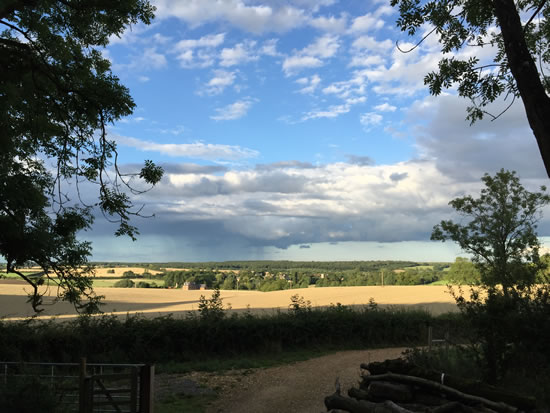
If you’ve got a Wellbeing with Nature experience you’d like to share please get in touch.
Contact us for more info.
Nature’s Balm
I feel hemmed in and ill at ease, restricted by man-made barriers,
restless, on edge; concentration is impossible.
My body won’t be stilled, nor mind calmed;
my spirit finds no peace;
I must get out, or scream and shout!!!
Stepping into nature’s realm, I feel a thrill and smile,
breathe deeply of the fresh, warm air;
horizons open up, vision returns, I gaze and wonder.
Joy envelops me, I feel alive and free,
limits, restrictions and frustrations disappear.
At last, relaxed, my mind expands,
as, walking on priceless, moss-grassed cushion floor,
I am a king.
My spirit comes alive and seems to resonate with all creation-
harmonising with a host of creatures-
singing birds, bleating lambs, buzzing bees and even butterflies and moths,
all energised by The Creator’s hidden power,
united in our worship.
© Chris Murray.


